
A blog focusing on 1/64 diecast from such popular brands as Hot Wheels, Matchbox, Johnny Lightning, M2 Machines, GreenLight, Tomica, Yat Ming, Majorette, MotorMax, Siku, Corgi, Guisval, Playart, Ertl, Zylmex, Racing Champions, & many more. Swifty's Garage features a daily Car Of The Day and news updates from your favorite brands!
Tuesday, January 18, 2011
Dinosaur Of The Day: January 18, 2011
Today's car of the day is Hot Wheels' 150,000,000BC Stegosaurus (Speed-O-Saurus).
Stegosaurus is a genus of stegosaurid armored dinosaur from the Late Jurassic period (late Kimmeridgian to Early Tithonian) in what is now western North America. In 2006, a specimen of Stegosaurus was announced from Portugal, showing that they were present in Europe as well. Due to its distinctive tail spikes and plates, Stegosaurus is one of the most recognizable dinosaurs, along with Tyrannosaurus, Triceratops, and Apatosaurus. The name Stegosaurus means "roof lizard" (sometimes put as "covered lizard", but in the sense that a roof covers a building) and is derived from the Greek στέγος-, stegos- ("roof") and σαῦρος, -sauros ("lizard"). At least three species have been identified in the upper Morrison Formation and are known from the remains of about 80 individuals. They lived some 150 to 145 million years ago, in an environment and time dominated by the giant sauropods Diplodocus, Camarasaurus, and Apatosaurus.
A large, heavily built, herbivorous quadruped, Stegosaurus had a distinctive and unusual posture, with a heavily rounded back, short forelimbs, head held low to the ground and a stiffened tail held high in the air. Its array of plates and spikes has been the subject of much speculation. The spikes were most likely used for defense, while the plates have also been proposed as a defensive mechanism, as well as having display and thermoregulatory (heat control) functions. Stegosaurus was the largest of all the stegosaurians (bigger than genera such as Kentrosaurus and Huayangosaurus) and, although roughly bus-sized, it nonetheless shared many anatomical features (including the tail spines and plates) with the other stegosaurian genera.
For more information and pictures of the real car please visit: Stegosaurus
I'm fairly well-known for having a strong dislike of fantasy or generic castings. That said, certain fantasy cars have won me over and this is most definitely one of them. I've never been ashamed to admit I was a big dinosaur geek as a child, and this little hot rod combines two of my childhood passions into one car. Pity this casting only came out when I was a teenager. Likewise, I have always been disappointed by the fact Hot Wheels didn't continue to add more dinosaur cars to the line. This is the one and only casting- one would think a five pack with this, an Apatosaurus (Brontosaurus), Triceratops, Tyrannosaurs, and a Parasaurolophus (duck-billed dinosaur) would have gone over very well!
Averaging around 9 meters (30 ft) long and 4 meters (14 ft) tall, the quadrupedal Stegosaurus is one of the most easily identifiable dinosaurs, due to the distinctive double row of kite-shaped plates rising vertically along its rounded back and the two pairs of long spikes extending horizontally near the end of its tail. Although a large animal, it was dwarfed by its contemporaries, the giant sauropods. Some form of armor appears to have been necessary, as it coexisted with large predatory theropod dinosaurs, such as the fearsome Allosaurus and Ceratosaurus.
The hind feet each had three short toes, while each forefoot had five toes; only the inner two toes had a blunt hoof. All four limbs were supported by pads behind the toes. The forelimbs were much shorter than the stocky hindlimbs, which resulted in an unusual posture. The tail appears to have been held well clear of the ground, while the head of Stegosaurus was positioned relatively low down, probably no higher than 1 meter (3.3 ft) above the ground.
The long and narrow skull was small in proportion to the body. It had a small antorbital fenestra, the hole between the nose and eye common to most archosaurs, including modern birds, though lost in extant crocodylians. The skull's low position suggests that Stegosaurus may have been a browser of low-growing vegetation. This interpretation is supported by the absence of front teeth and their replacement by a horny beak or rhamphotheca. Stegosaurian teeth were small, triangular and flat wear facets show that they did grind their food. The inset placement in the jaws suggests that Stegosaurus had cheeks to keep food in their mouths while they chewed.
Despite the animal's overall size, the braincase of Stegosaurus was small, being no larger than that of a dog. A well-preserved Stegosaurus braincase allowed Othniel Charles Marsh to obtain in the 1880s a cast of the brain cavity or endocast of the animal, which gave an indication of the brain size. The endocast showed that the brain was indeed very small, maybe the smallest among the dinosaurs. The fact that an animal weighing over 4.5 metric tons (5 short tons) could have a brain of no more than 80 grams (2.8 oz) contributed to the popular old idea that dinosaurs were unintelligent, an idea now largely rejected.
Most of the information known about Stegosaurus comes from the remains of mature animals; however more recently juvenile remains of Stegosaurus have been found. One sub-adult specimen, discovered in 1994 in Wyoming, is 4.6 meters (15 ft) long and 2 meters (7 ft) high, and is estimated to have weighed 2.3 metric tons (2.6 short tons) while alive. It is on display in the University of Wyoming Geological Museum. Even smaller skeletons, 210 centimeters (6.9 ft) long and 80 centimeters (2.6 ft) tall at the back, are on display at the Denver Museum of Nature & Science.
Subscribe to:
Post Comments (Atom)
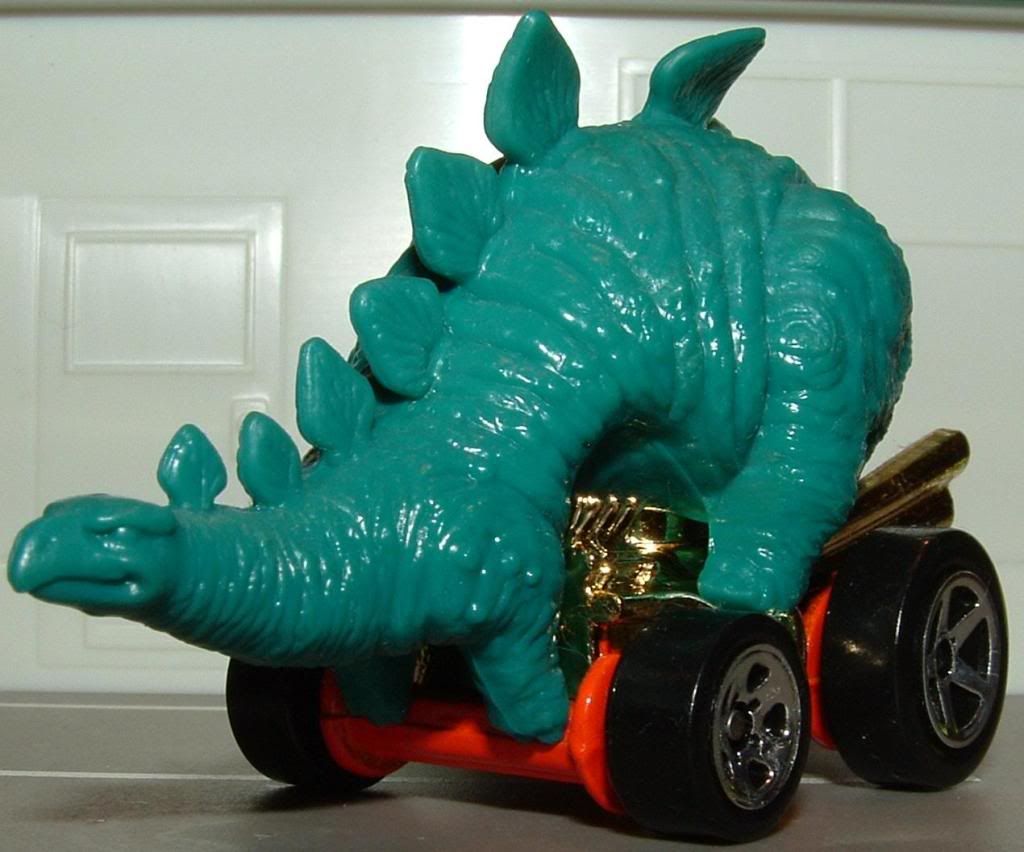
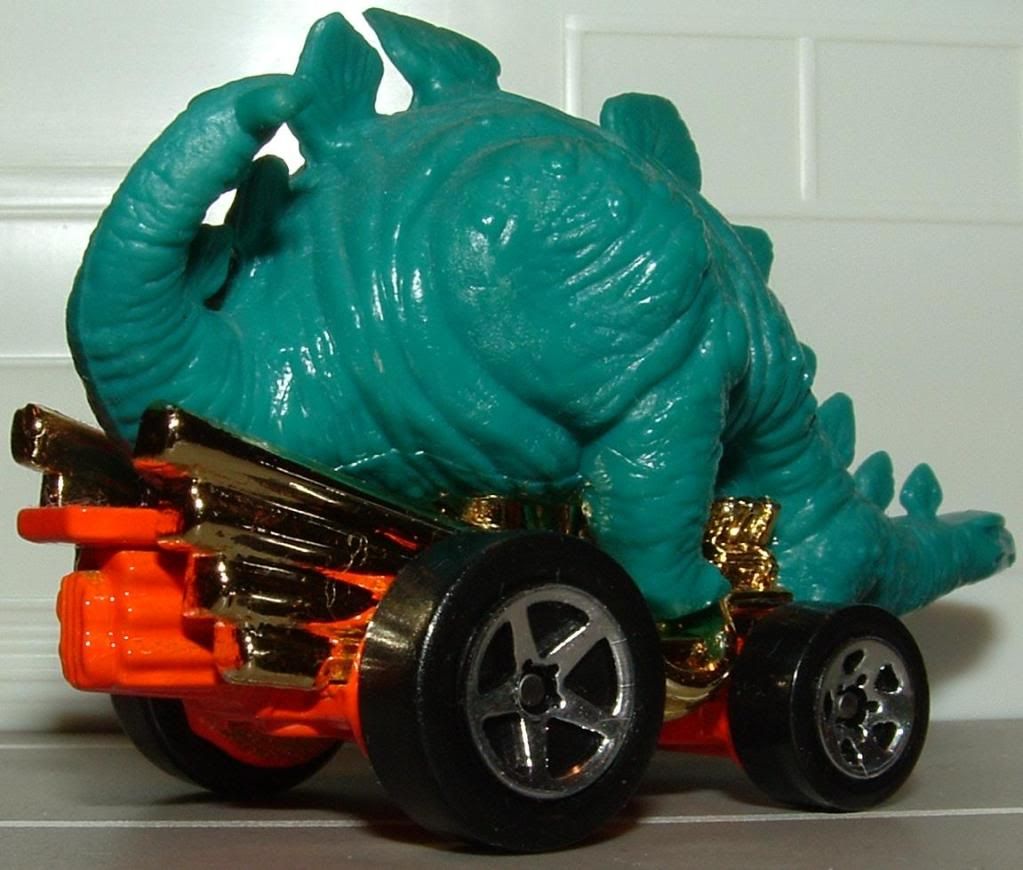

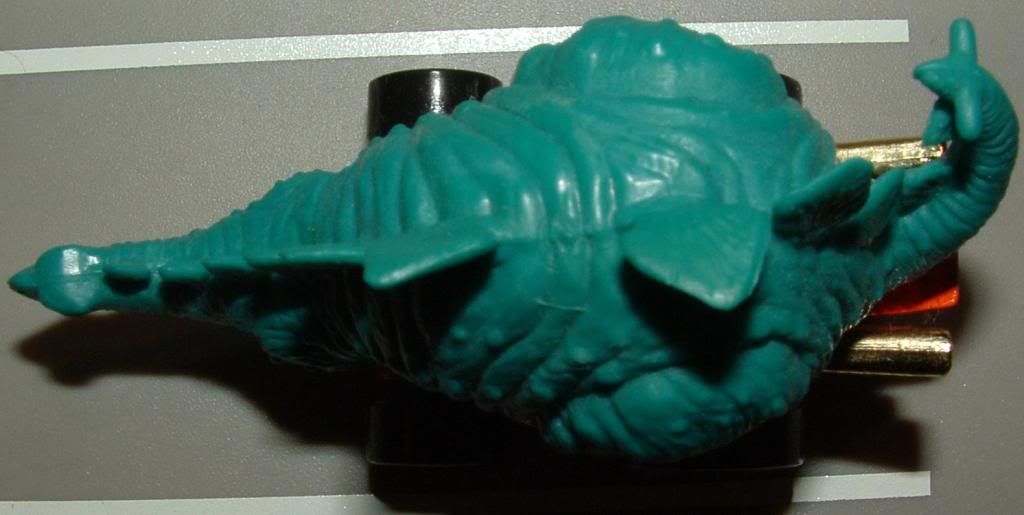
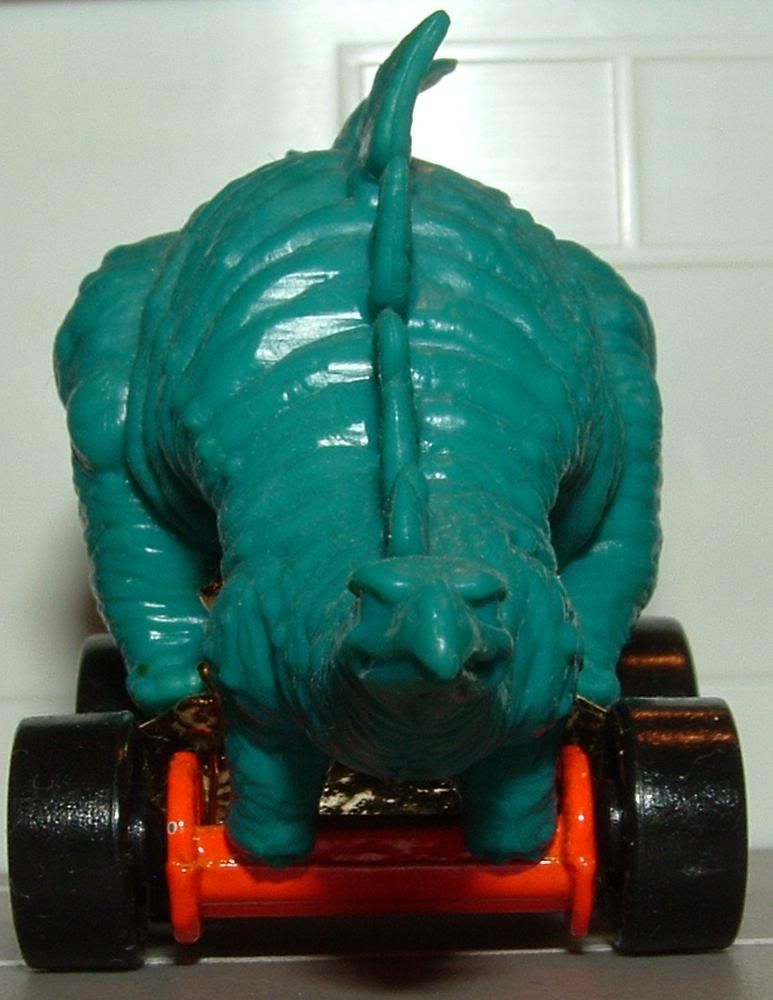
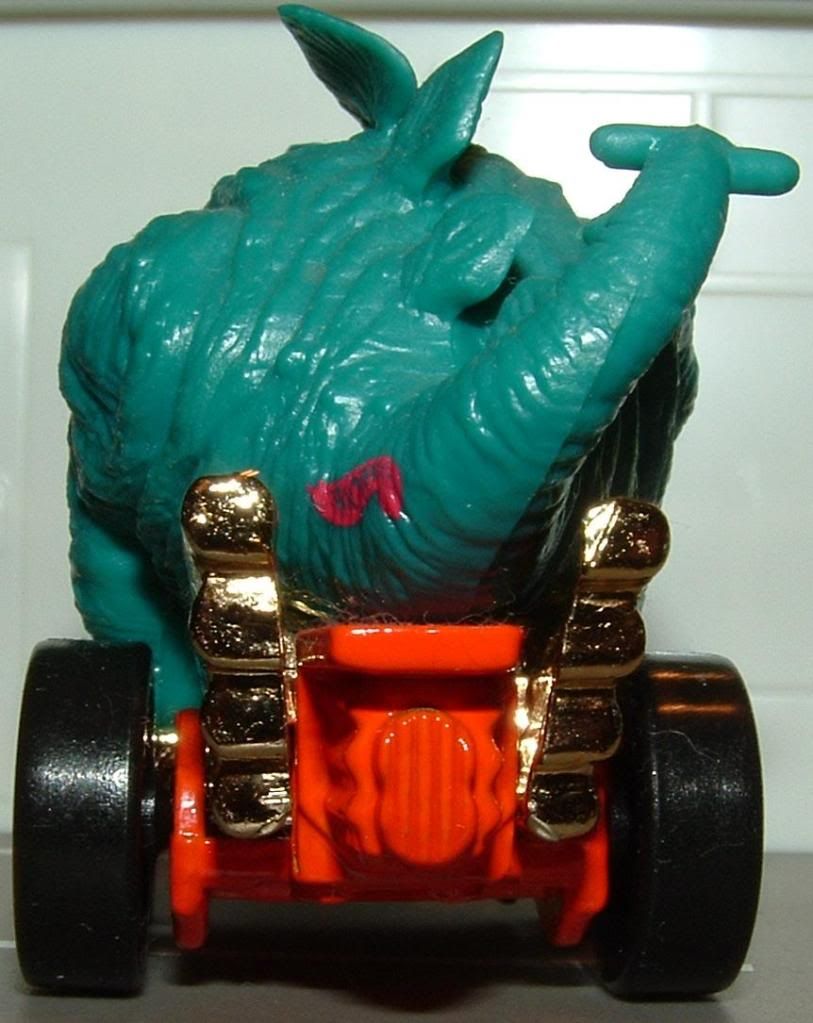
No comments:
Post a Comment